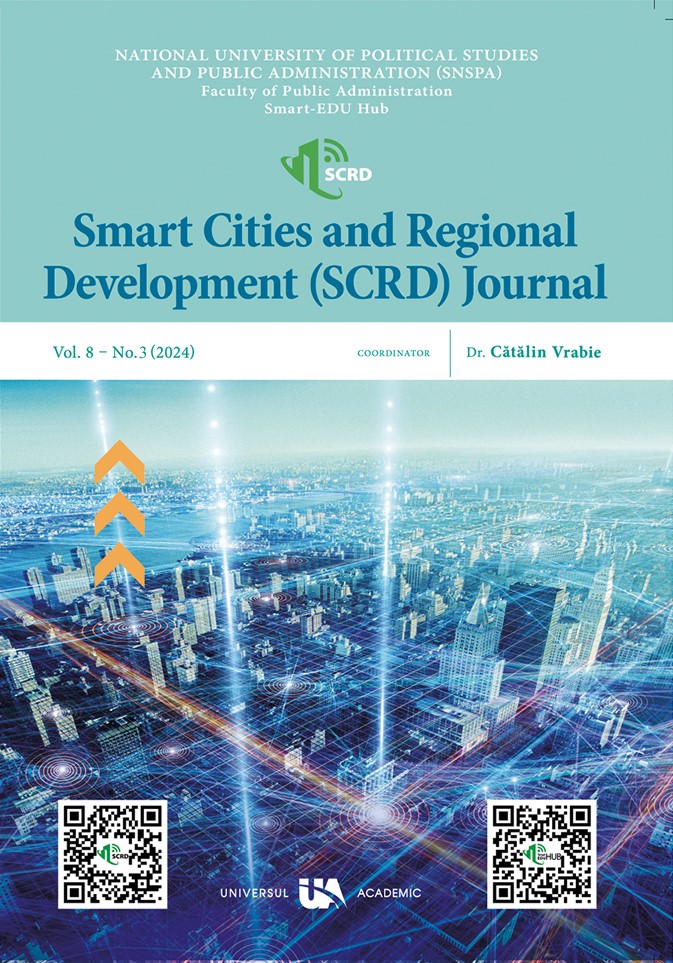Quantitative and intelligent methods for economic forecasts (birth rate time series (Ntl))
Quantitative and intelligent methods for economic forecasts (birth rate time series (Ntl))
Author(s): Katerina ZelaSubject(s): Politics / Political Sciences, Social Sciences
Published by: Editura Universul Academic (SC GOOD LUCK SRL)
Keywords: time series; modeling; forecasting,;ARIMA;ANN;hybrid ARIMA-ANN model';
Summary/Abstract: The models proposed in the field of time series forecasting are numerous. However, accurate forecasting is still one of the main challenging problems faced by decision makers in various fields, especially in financial markets. Anticipatory and intelligent methods play a crucial role in economic forecasting, helping to increase the accuracy and reliability of forecasts. This is the main reason that many researchers have in the focus of their research the development of methods for improving the performance of forecasts. Using only a linear or non-linear method is not enough to recognize and model all features and functions of the data. In addition to quantitative techniques as well as intelligent techniques that have been developed recently as a result of technological developments, a new technique or hybridization of these two techniques behaves as a very efficient approach. For this reason, in the study it is proposed to improve the modeling and forecasting results by combining a linear A RIMA method with an intelligent non-linear method, the artificial neural network -ANN. Several ARIMA-ANN hybrid model architectures are known, but in this thesis a new A RIMA-ANN technique with improving features of the existing hybrid methods is proposed. The time series under study are the birth rate in Albania obtained by INSTAT and the Bank of Albania with monthly frequencies. Time series analysis goes through three phases: defining characteristics, modeling and forecasting. The analysis is performed with ARIMA, ANN and the proposed ARIMA-ANN method. Data mining, sentiment analysis, and natural language processing (NLP) techniques are used to analyze unstructured data sources. The models, either quantitative or intelligent, give satisfactory results, but the hybrid model shows much higher performance in all series. From the measurement indicators of the prediction performance, the hybrid method has resulted with high efficiency. The ARIMA-ANN model produced much better results than the ARIMA and ANN models. These results are a consequence of the combination of the two techniques and from which results a good recognition of the different structures of the data modes. This study contributes to the field of time series forecasts in Albania and intelligent or quantitative modeling by developing a new forecast model, that of hybridization.
Journal: ORAȘE INTELIGENTE ȘI DEZVOLTARE REGIONALĂ
- Issue Year: VIII/2024
- Issue No: 03
- Page Range: 9-18
- Page Count: 10
- Language: English

